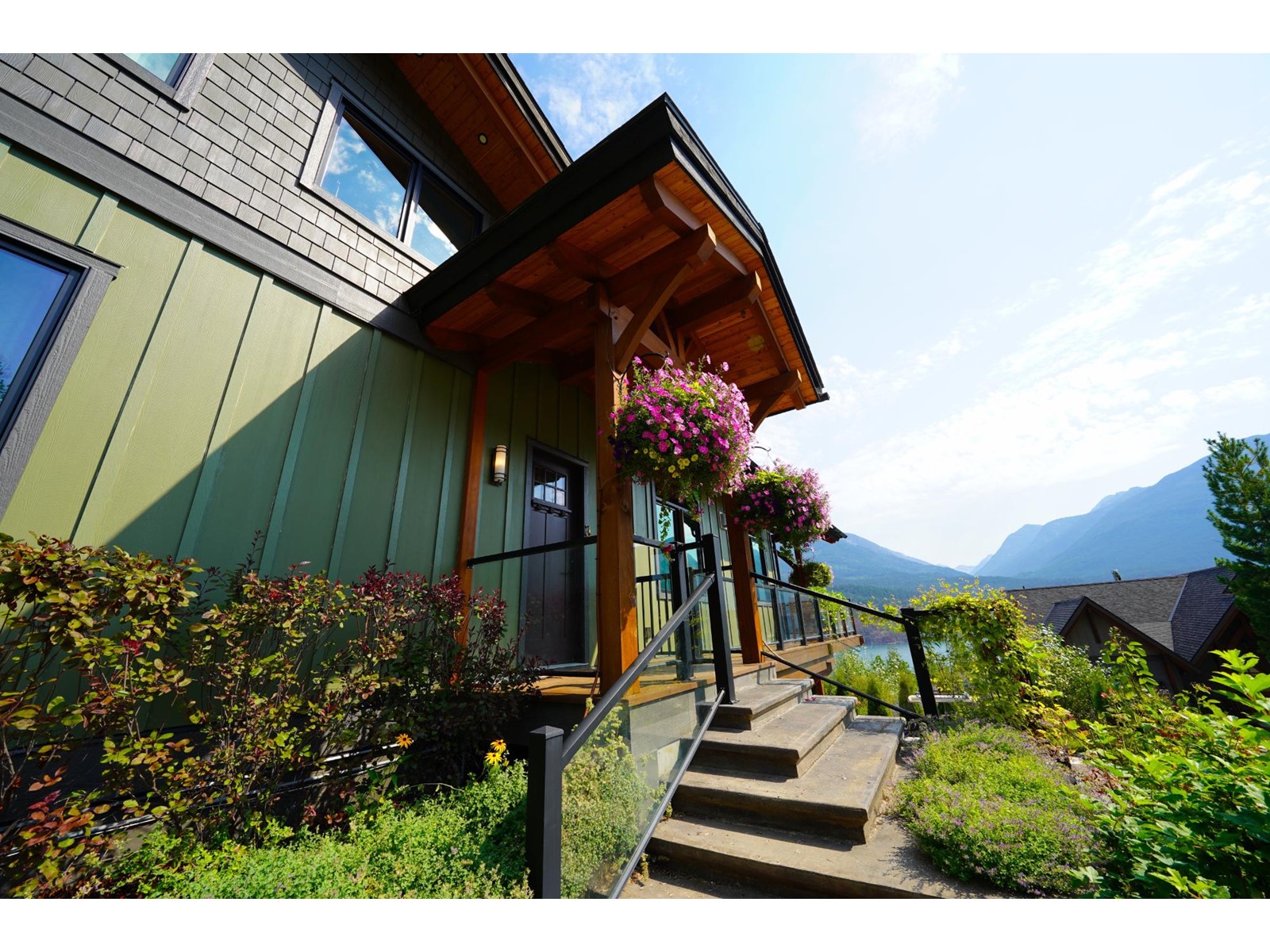
Timber frame homes are primarily constructed out of wood. Since wood is an excellent fuel source for fires—it’s what you use in your fireplace, after all—it makes sense that people would worry about timber frame fire resistance. Many people don’t realize that timber is a more fire-resistant framing than the standard stick-built home constructed of 2x4s.
The timber-framed homes we design here at Hamill Creek meet rigid safety standards and are among the safest wooden-framed houses you will find. If you have questions about fire-resistant framing materials or are hoping to build a safe timber home, we can help.
Are Timber Framed Homes a Fire Hazard?
Although it would be easy to assume that a timber frame home would be a fire hazard, the opposite is true. Large timbers are excellent at standing up to fire, which is why you often see living, charred trees in forests after a forest fire. The char that builds up as the top layer of the tree burns provides insulation that keeps the inside of the wood cool and safe. Timbers might not rank up there with non-combustible materials like concrete, but they are very fire-resistant.
What Actions Can You Take to Safeguard Your Home Against Fires?
There are plenty of fire safety tips out there to help protect your home. According to FEMA, some of these include:
- Use fire-resistant roofing materials: One of the most vulnerable areas of a home to wildfire is the roof. If you are at risk of wildfires, your roof must be constructed with fire-resistant materials. It’s also important to install and replace eaves with short overhangs and flat edges to prevent embers from landing and staying.
- Keep embers out: Wind-blown embers often cause house fires. Cover exterior attic vents and under-eave vents with metal wire mesh 1/8 inch or smaller to keep embers out.
- Use fire-resistant wall coverings: Exterior wall coverings like siding should be made of fire-resistant materials, ideally, that can stand up to fire for an hour.
- Create 30 feet of defensible space around the home: Try to clear all combustible brush, vegetation, and other materials around your home. Within the space, such as if you have an outdoor entertainment area, use non-combustible materials like brick and concrete.
- Protect large windows from heat: Use multi-pain windows, tempered safety glass, and fire-proof shutters.
- Seal gaps around openings in exterior walls and roofs: It’s standard for utility connections to enter the home through exterior walls. These entries can have gaps that allow embers to enter the home. Fill these gaps with fire-resistant caulk, mortar, or expanding foam.
- Enclose the foundation: When you enclose the foundation you can help to prevent embers from entering underneath the home and starting a fire there.
The list provided by FEMA is much more extensive than this, but you can see that there are plenty of things you can do to protect your home against fires. These options are available after the home is built, but ideally, it would be best to incorporate them into the original design.
How to Make Sure Your House is Fireproof
Unfortunately, you can’t make your house completely fireproof. All you can do is follow fire safety tips from experts and do your best to minimize the risk of fires. Making a home completely fireproof would make it unpleasant to live in and is not worth it in all but the most extreme situations. As long as you follow the right tips for fire safety and are mindful of your safety, you should be in a good place to protect yourself and your property.
You can do many things to add fire protection to your home, though. Choosing a fire-resistant framing like timber framing is a good place to start. If you work with our designers and express your concerns about fire prevention and protection, we can also help guide you in the design process.
There are many different design techniques that we can employ to provide additional fire protection for your home. Some of them are covered in the list above, but there is more to discuss if you are designing a home. For example, we can help you choose among fire-resistant coatings for wood to protect your exposed timbers. We can also recommend external panels that have the best fire-resistant ratings.
Contact Us to Discuss Fire Resistant Framing
Build a dream home that will last by getting in touch with us, and ensuring your vision is as durable and safe as it is beautiful.
Blog Archive / The Latest Design Trends For Commercial Timber Frame Buildings